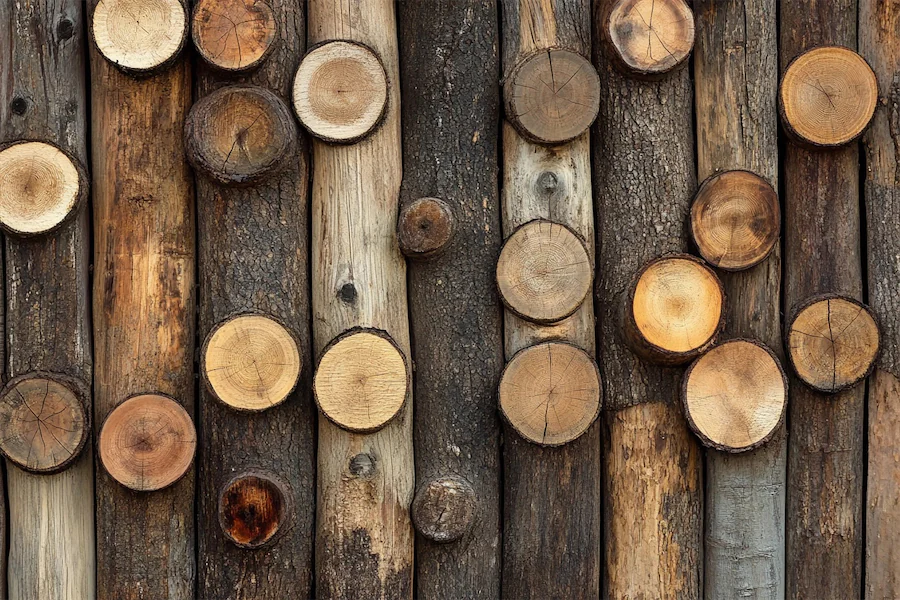Log cabin walls are quintessential elements of rustic architecture, embodying a harmonious blend of natural beauty and structural integrity. They have evolved from traditional handcrafted constructions to incorporate modern design aesthetics, offering both charm and functionality.
Introduction to Log Cabin Walls
Log cabin walls are constructed by stacking horizontally laid logs, interlocked at the corners, to form the structural framework of the building. This method not only provides durability but also offers excellent insulation properties, making log cabins suitable for various climates.
History and Origins of Log Cabin Walls
The origin of log cabin walls dates back to ancient civilizations, with significant developments in Russian wooden architecture. Traditional techniques involved horizontally stacked logs, tied together at the corners, often using grooves and notches to enhance stability and insulation. Materials like moss, straw, or sawdust were used as interlocking sealants to improve warmth.
Key Features of Log Cabin Walls
- Natural Materials: Utilizing whole logs or milled timber to maintain an authentic and organic appearance.
- Corner Joinery: Employing techniques such as dovetail or saddle-notch joints to interlock logs securely at the corners.
- Chinking: Filling gaps between logs with materials like mortar or synthetic sealants to prevent drafts and enhance insulation.
- Thermal Mass: The density of log walls provides natural thermal mass, helping to regulate indoor temperatures by absorbing and releasing heat.
Applications of Log Cabin Walls
- Residential Homes: Creating cozy and energy-efficient living spaces that exude rustic charm.
- Vacation Cabins: Offering serene retreats that blend seamlessly with natural surroundings.
- Commercial Structures: Designing lodges, restaurants, or shops that aim to provide a warm and inviting atmosphere.
Considerations When Choosing Log Cabin Walls
- Wood Selection: Choosing durable and locally available wood species to ensure longevity and reduce environmental impact.
- Maintenance: Regularly inspecting and treating logs to protect against pests, moisture, and UV damage.
- Insulation: Ensuring proper chinking and sealing to maintain energy efficiency and comfort.
- Building Codes: Adhering to local regulations and standards for log construction to ensure safety and compliance.
Conclusion
Log cabin walls are a testament to enduring architectural practices that marry form and function. Their timeless appeal continues to captivate those seeking a connection to nature through sustainable and aesthetically pleasing design.
